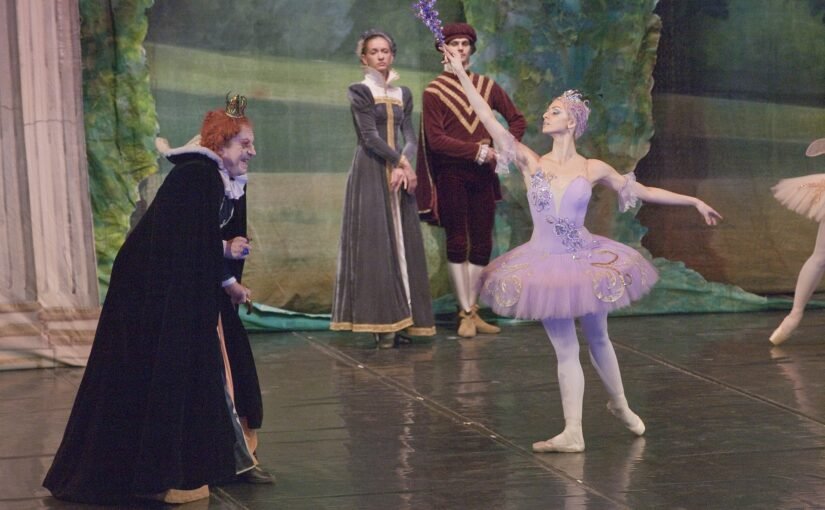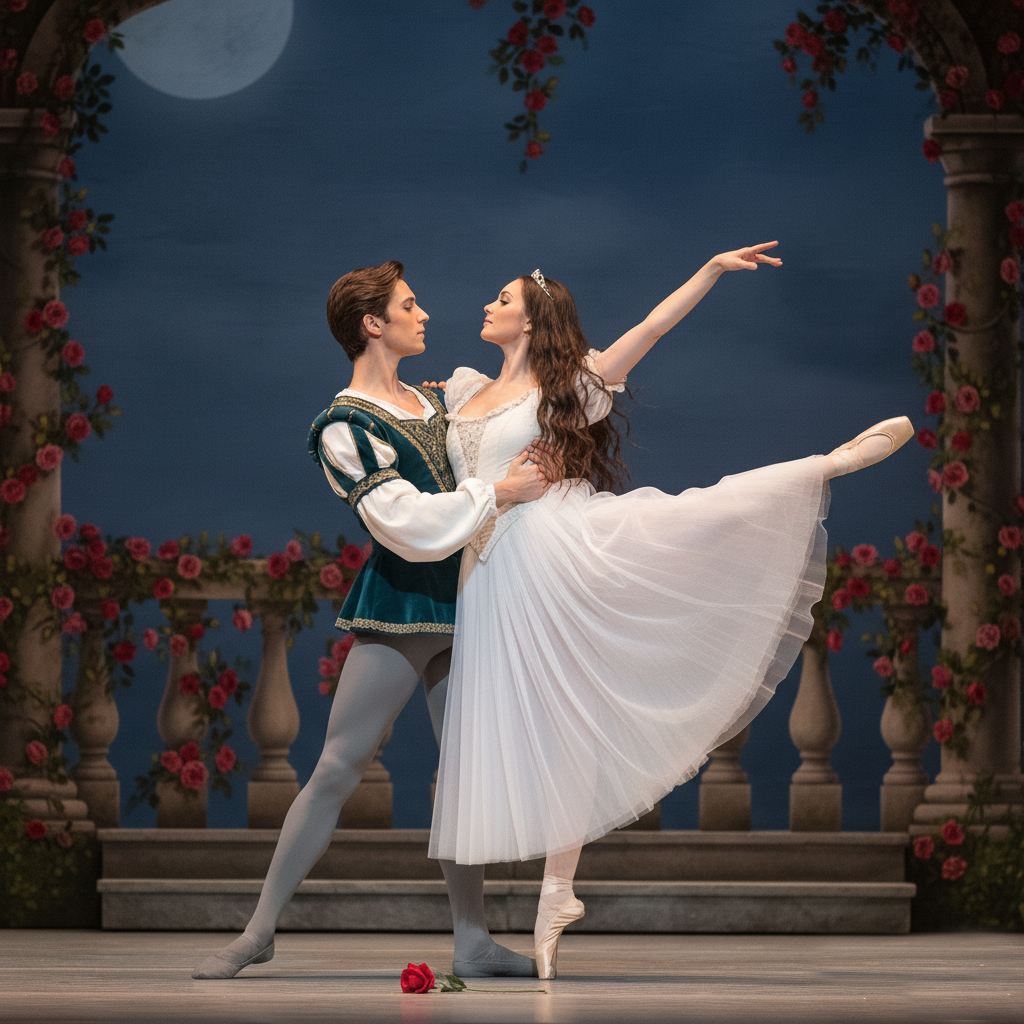Changement de pieds means “change of feet”. This term is usually shortened to “changement”. The “changement” is a jump in the fifth position. So, the dancer changes feet in the air and lands in the fifth position with the opposite foot in the front. Keep reading this article to learn how to do it perfectly.

How to do Changement de Pieds

- Start in the fifth position with your right foot in front.
- Do a demi-plié and push from the floor.

- In the air, extend your toes and arch your feet.
- When coming down, change the feet so that the left foot is in the front.

- Land in the fifth position, first toes, then heels.
- Lastly, do a demi-plié in the fifth position
This version of the movement is also known as “Petit Changement de pieds” (little change of feet).
Tips for doing this movement Perfect
Preparation for Changement de Pieds
Before practising Changement, study Sauté in the first and second positions. Practice changements at the barre and in the centre, too.
Next, when first learning this step, focus on jumping high to extend your legs in the first position pointing your feet fully, and changing the legs and feet at the top of the jump. As you improve, keep the legs in the fifth position on the upward path of the jump, then change to the fifth position with the other foot front at the beginning of the descent.
On the other hand, hold your arms in the preparatory position. This will allow you to focus on the legs, feet and plié as well as on controlling the upper body.
During the Jump
The changement is a vertical jump that takes off and lands in the same place. The accent is on the ascent.
When starting the jump, hold the legs in the fifth position on the ascent. Then, your legs open to the first position in the air before the change. And your feet pass very close together, only separated just enough to make the change possible. So, the legs and feet don’t flick out to the sides.
On the other hand, your legs and feet extend completely (in the first position) in the air. Even at the fastest tempos, the tips of the toes must be fully extended in the air.
Other Recommendations
- Don’t turn in your legs during the changement
- Avoid moving forward or backwards during the jump
- Another common mistake is landing one foot on the other because you have lost turnout while performing.
- Always land on the toes first, then on the heel. Remember to perform the demi-plié in the fifth position at the end of the step. If you keep these instructions in mind, you will develop the softness and elasticity of the jump, avoiding its hardness.
Types of Changement de Pieds
Grand Changement de Pieds
It means “large change of feet”. To perform this exercise, do a deeper demi-plié to achieve more lift. Push off strongly with your heels from the floor, rise into the air, bring your legs together and hold. Only change your legs an instant before coming down. When changing your legs in the air, do not open them too wide, so as not to lose the correct form of the changement de pied.
The dancer’s goal should be standing for the shortest time on the ground and as long as possible in the air. Grand changement, a jump of maximum elevation, is the basic preparatory for studying tours en l’air.
Cechetti Changement
This movement is also known as “Italian Changement”.

- From the fifth position, do a demi-plié. Jump upward and bend both knees, pulling the toes up under the torso. Maintain this position briefly in the air with the toes together (without having changed the feet);
- On the descent, change your feet, landing in the fifth position. Finally, do a demi-plié.
Why is this variation important?
This variation gives the dancer practice getting off the floor and holding a position in the air for as long as possible, and it develops ballon. In this movement, you should take a good plié to push yourself off the floor and into the air. Your knees bend only as much as necessary to let the toes touch.
This sequence (getting yourself cleanly off the floor, instantly assuming a position, and holding it as long as possible) is excellent preparation for all the “make a picture” steps. When you are in the air, the whole position should freeze and the chest and head lifted. The arms are usually in second, with the wrists slightly lifted.






Leave a Reply